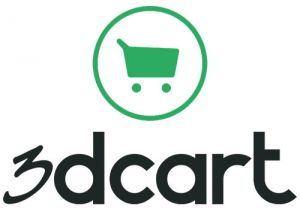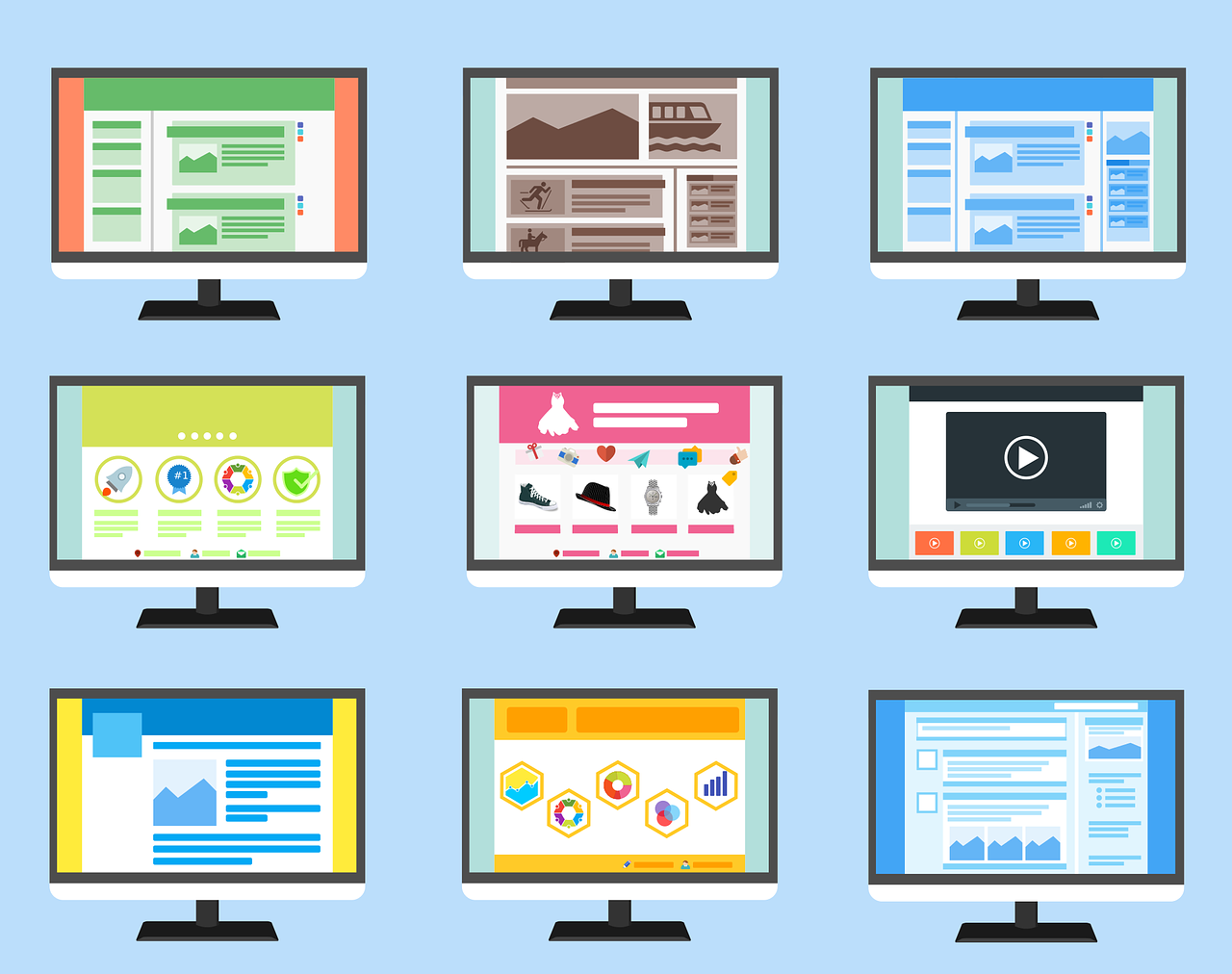Are you tired of using Shopify for your online store? Are you looking for a new e-commerce platform that offers more features and flexibility? In this blog post, we'll take a look at some of the best Shopify alternatives for 2022.
WooCommerce
WooCommerce is a popular open-source e-commerce plugin for WordPress. It's free to use, but you'll need to pay for hosting and domain name registration. With WooCommerce, you can easily add an online store to your existing WordPress website, or create a new one from scratch.
One of the main advantages of WooCommerce is its flexibility. You can customize almost every aspect of your online store, from the appearance of your product pages to the payment gateways you offer. WooCommerce also offers a wide range of extensions and integrations, so you can add functionality like subscriptions, memberships, and bookings to your store.
WooCommerce is a good choice if you're looking for an affordable and customizable e-commerce platform. However, it can be a little more technical to set up and manage than some of the other options on this list.
Quick guide on how to set up a store using WooCommerce:
-
Install the plugin: First, you will need to install the WooCommerce plugin on your WordPress website. You can do this by going to the plugin section of your WordPress dashboard and searching for "WooCommerce." Once you have found the plugin, click "install" and then "activate."
-
Set up your store: Once the plugin is activated, you will be prompted to set up your store. This includes adding your store location, currency, and payment methods. You can also set up shipping options and tax rates at this stage.
-
Add products: Next, you will need to add products to your store. You can do this by going to the "products" section of your dashboard and clicking "add new." From here, you can add product details, images, and pricing information.
-
Customize your store: WooCommerce offers a variety of customization options to make your store look and feel unique. You can change the layout and design of your store by going to the "appearance" section of your dashboard and clicking on "customize."
-
Publish and promote: Once you have set up and customized your store, it's time to go live! Make sure to test your store and iron out any kinks before publishing. Then, start promoting your store through social media, email marketing, and other channels to drive traffic and sales.
Magento
 Magento is a powerful e-commerce platform that's designed for enterprise-level stores. It offers a wide range of features, including advanced marketing and merchandising tools, and support for multiple languages and currencies.
Magento is a powerful e-commerce platform that's designed for enterprise-level stores. It offers a wide range of features, including advanced marketing and merchandising tools, and support for multiple languages and currencies.
One of the main advantages of Magento is its scalability. It can handle large amounts of traffic and product listings, making it a good choice for stores with high volume sales. Magento also offers a wide range of integrations and extensions, so you can add functionality like subscriptions, memberships, and bookings to your store.
However, Magento can be a little more expensive than some of the other options on this list. It also requires a bit more technical know-how to set up and manage, so it might not be the best choice for beginners.
BigCommerce
BigCommerce is a cloud-based e-commerce platform that offers a wide range of features and integrations. It's designed to be easy to use, with a drag-and-drop page builder and a range of customizable templates.
One of the main advantages of BigCommerce is its built-in marketing and sales tools. It offers abandoned cart recovery, email marketing, and loyalty programs to help you increase conversions and repeat business. BigCommerce also offers a wide range of integrations, including support for popular payment gateways like PayPal and Stripe.
However, BigCommerce can be a little more expensive than some of the other options on this list. It also doesn't offer as much flexibility as some of the other platforms, so you might not be able to customize your store as much as you'd like.
3dcart
 3dcart is a cloud-based e-commerce platform that offers a wide range of features and integrations. It's designed to be easy to use, with a range of customizable templates and a drag-and-drop page builder.
3dcart is a cloud-based e-commerce platform that offers a wide range of features and integrations. It's designed to be easy to use, with a range of customizable templates and a drag-and-drop page builder.
One of the main advantages of 3dcart is its built-in marketing and sales tools. It offers abandoned cart recovery, email marketing, and loyalty programs to help you increase conversions and repeat business. 3dcart also offers a wide range of integrations, including support for popular payment gateways like PayPal and Stripe.
However, 3dcart can be a little more expensive than some of the other options on this list. It also doesn't offer as much flexibility as some of the other platforms, so you might not be able to customize your store as much as you'd like.
Conclusion
In conclusion, in 2022 there will be a wide variety of excellent Shopify substitutes. When selecting a new e-commerce platform, it's crucial to take your particular wants and goals into account because each platform has its own distinctive features and advantages.
WooCommerce may be the ideal solution for you if you're seeking for a cheap and customised option. Magento might work well for a sizable enterprise-level store like yours. If you want an intuitive platform with integrated marketing and sales features, BigCommerce and 3dcart are also solid options.
Regardless of the platform you select, it's critical to conduct thorough research and thoroughly weigh your options before deciding. To get a sense of the capabilities and support each platform offers, take the time to try out demos, read reviews, and speak with customer service. You'll be able to expand and scale your online business in 2022 and beyond with the correct e-commerce platform.
Additional Links:






